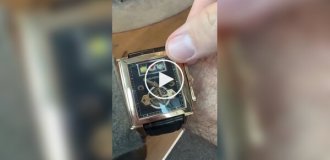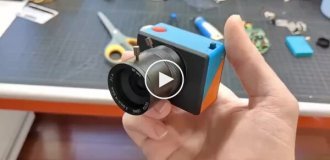6 most shocking anatomical museums in the world (11 photos)
Anatomical museums are invariably of great interest to tourists. When museums of history or arts do not arouse sufficient interest, then before the upcoming vacation, you should choose an exposition that will really touch the living.

Source: venividi.ru
Museum Vrolik
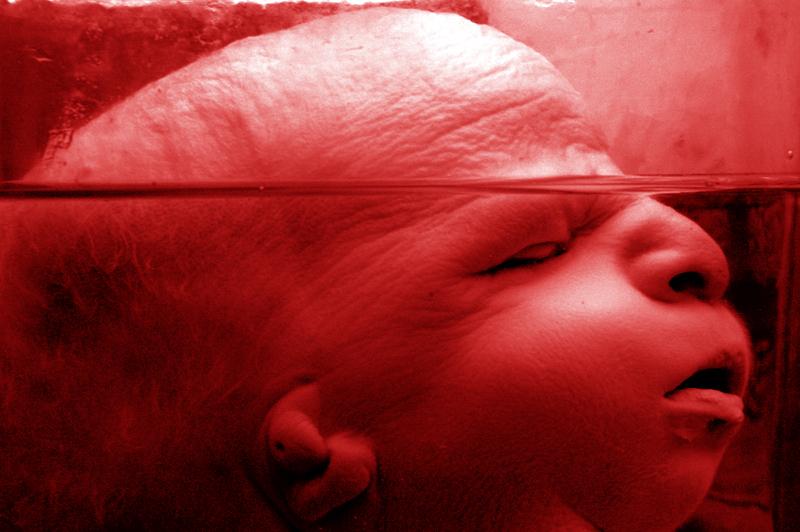
1. The perky Museum Vrolik (Amsterdam, the Netherlands) was founded by father and son Vrolik. Translated from Anglo-Dutch, the word "vrolik" means "fervent", for this reason the museum received such a strange name.
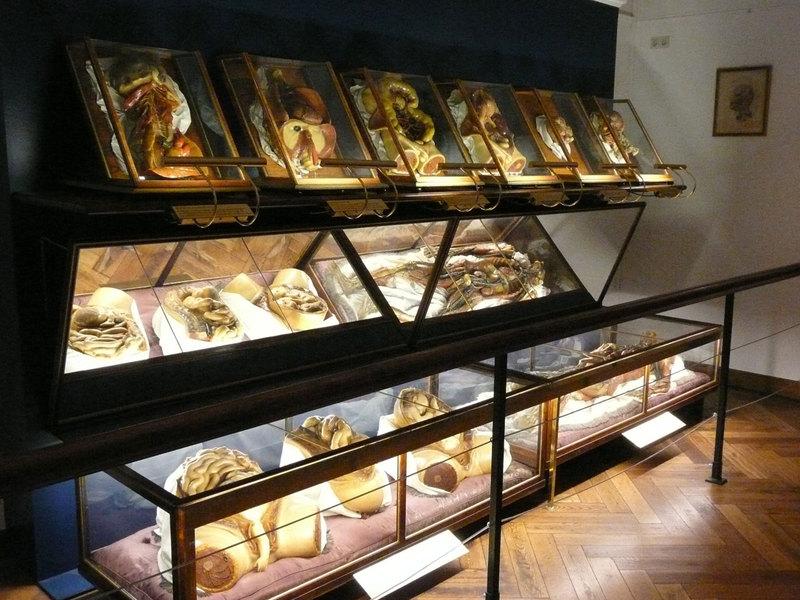
2. Gerardas Vrolik, and William Vrolik were professors of medicine and studied mutations in humans. They collected a huge collection of mutations, which eventually turned into a museum. The exhibits include Siamese twins, children of the Cyclopes, two-headed monsters. mutant freaks of various stripes make an indelible impression on visitors.
The Human Body Exhibition
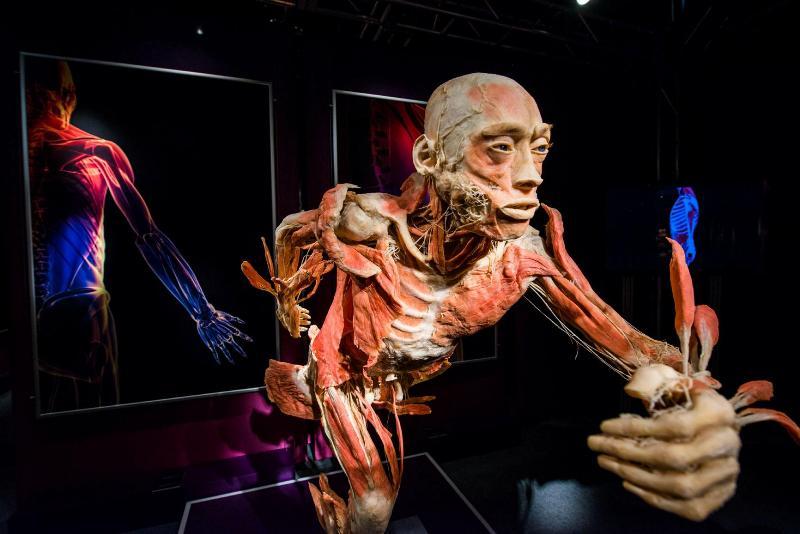
3. Exhibition The Human Body Exhibition, or an exhibition of the human body, was first exhibited in Florida in 2005 and has since been held in many cities around the world.
The geography of the exhibition is more than impressive: Winnipeg, Dublin, Amsterdam, Rotterdam, Atlanta, Vienna, Madrid, Buenos Aires, Montreal, Niagara Falls (Ontario), Bogota, Cordoba, Barcelona, Cincinnati, Santiago de Chile, Sao Paulo , Prague, Bratislava, Sofia, Zagreb, Budapest, Belgrade, Lisbon, Atlantic City, San Diego, Las Vegas, New York, San Antonio, Washington, Omaha, Honolulu, Indianapolis, Phoenix, Sacramento, Tucson, Cleveland , Seattle, Detroit, Riga, Warsaw, Puerto Rico, Ljubljana, and Boise, Haifa, as well as Houston, Tegucigalpa, San Salvador (El Salvador), Bucharest, London. Embalmed human bodies, dissected in such a way as to show, on the one hand, the complexity of the structure of the human body, and, on the other hand, show its beauty and harmony, are used as exhibits of the exhibition. How beautiful it looks, judge for yourself.
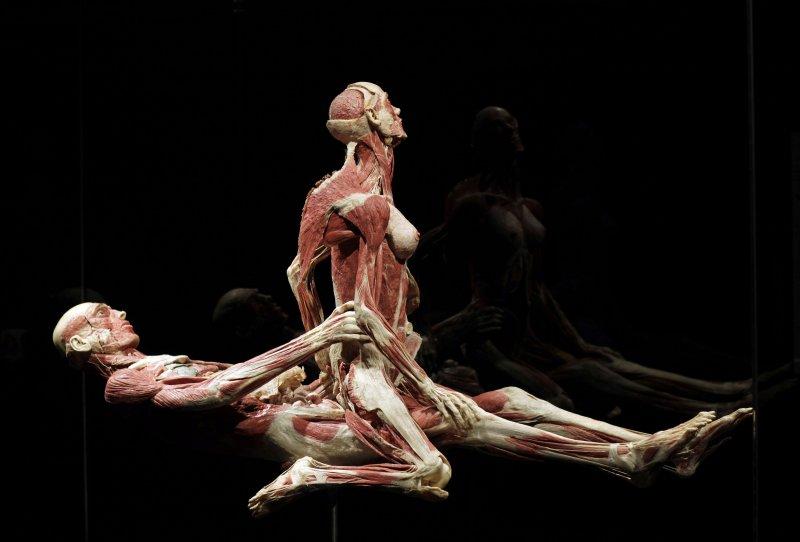
4. It should be noted that the people whose bodies are exhibited as exhibits, during their lifetime, gave written consent to the use of their bodies after death as drugs. Anyone who liked the exhibition can make a posthumous will on the spot and replenish the exhibition after death.
Kunstkamera in St. Petersburg
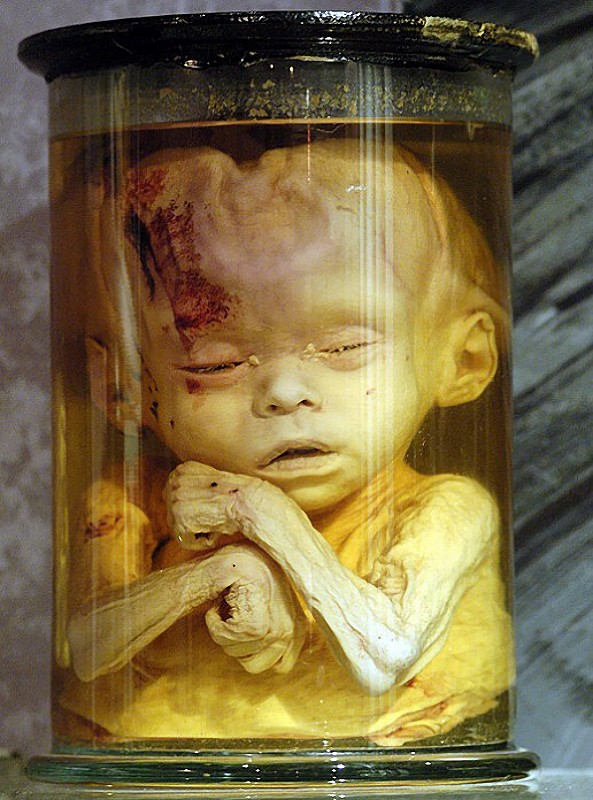
5. The Kunstkamera in St. Petersburg was founded in 1714 by order of Peter the Great.
The Kunstkamera contains more than a million exhibits. If earlier the exhibits were used for scientific purposes, then at present it is exclusively a museum of human mutations and deformities, where visitors can see with their own eyes the incredible metamorphoses that nature creates with human flesh.
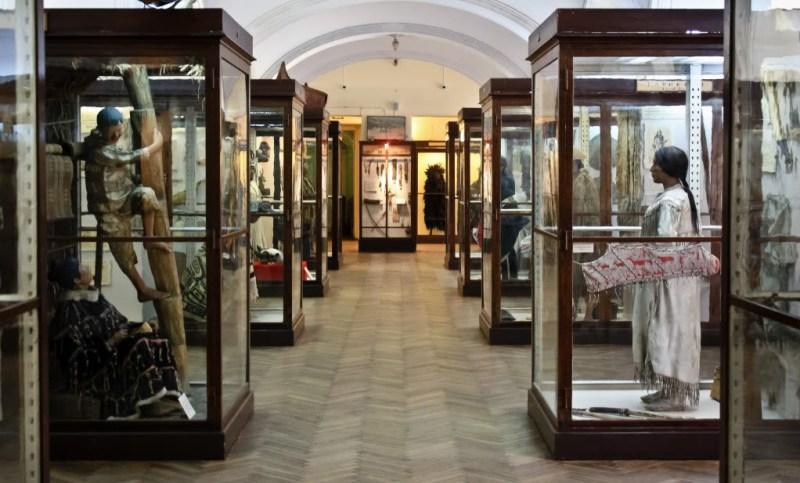
6. It is worth saying that in addition to the so-called "exhibition of freaks", this museum is famous for its numerous exhibits that tell the historical past of many peoples of the world.
Parasitological Museum in Meguro

7. Parasitological Museum in Meguro (Tokyo, Japan) was founded sixty years ago by Dr. Svturo Kamegai. The doctor began to collect exhibits demonstrating what parasites can do to a person if hygiene standards and rules are neglected. The museum was founded shortly after the war, when epidemics and diseases caused damage to Japanese society comparable to the consequences of military operations.
Museum of the human body in the Netherlands
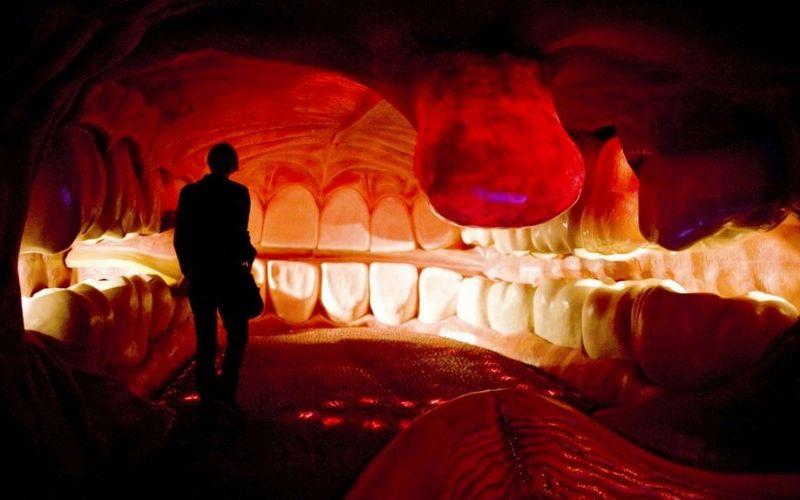
8. The museum was created for twelve years. The creation of the collection took twenty-seven million dollars. The building is located inside the model of a giant man, which makes it possible to walk freely inside and get acquainted with the structure and work of the organs and systems of the human body. Museum staff necessarily have a medical education and intelligibly answer all kinds of questions from visitors.
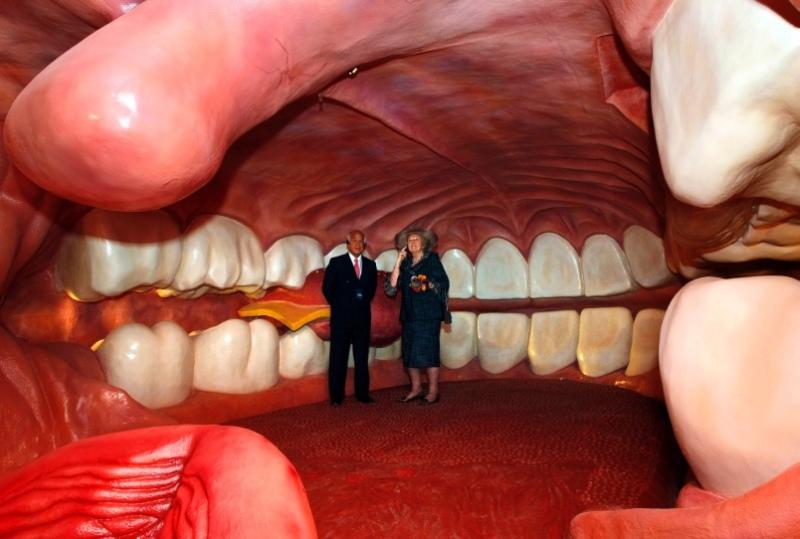
9. If you want to improve your knowledge of human anatomy, then the Museum of the Human Body in the Netherlands is the perfect place to do so.
Plastinarium (Plastinarium)
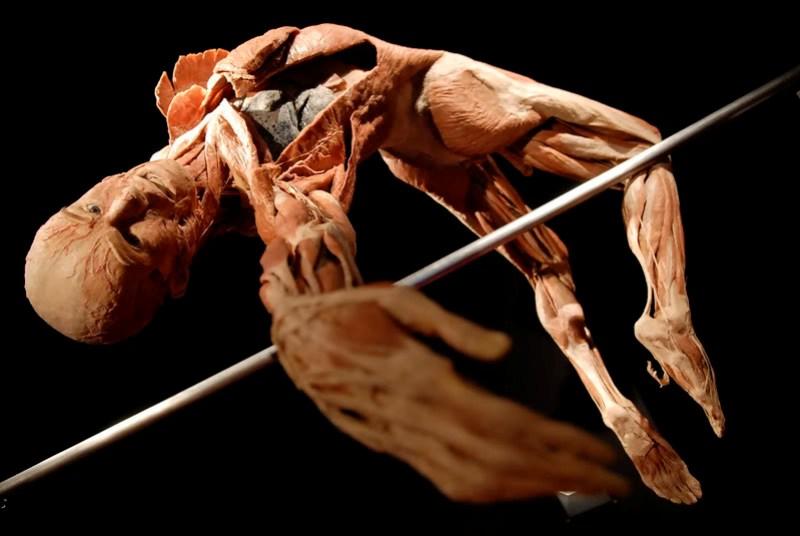
10. Museum "Plastinarium" (Guben, Germany) opened in a small town on the border with Poland. The museum was organized by Gunther von Hagens, nicknamed "Doctor Death". As exhibits, he uses the purchased corpses of people, among the exhibits there are also the corpses of executed prisoners. Before becoming exhibits, the bodies are processed in a special way, as a result of which fat and water are removed from them, their place is replaced by subs
station in structure resembling plastic.

11. In the museum you can find various sculptural compositions from dead bodies. So you can see the sculptural composition, where the corpses play cards or ride a horse. A visit to the museum gives rise to twofold feelings: many museum visitors cannot stand the spectacle they see and lose consciousness, some admire what they see and consider the doctor a genius.






